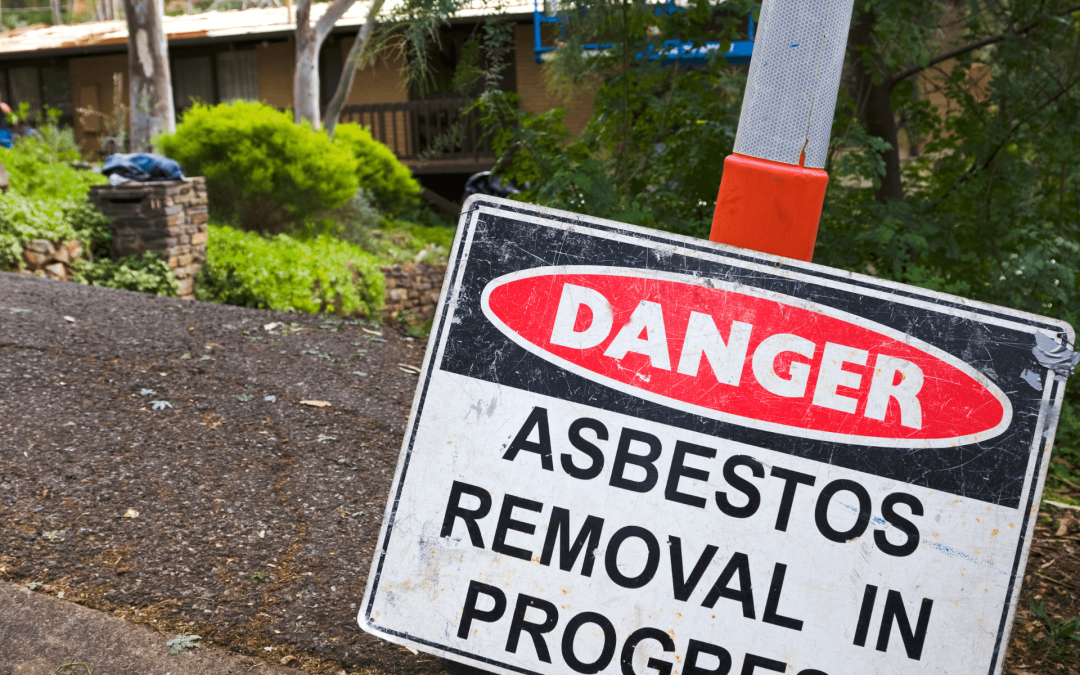Whether you are renovating your home, rebuilding an old property, or repurposing a shed, the first step to complete your project in all safety is to remove any existing asbestos. But the abatement and removal of asbestos roofs, fencing, or walls isn’t something to be taken lightly.
In this guide, you’ll learn what to expect from removing asbestos on the central coast and the importance of choosing a specialised asbestos removal contractor.
Asbestos: Let’s Cover the Basics
Since the late 19th century, asbestos fibres have been largely used in construction. This material was known as the “magic mineral” due to its unique properties, durability, versatility, and resistance to high temperatures, fire, and chemical corrosion.
The use of asbestos was so widespread that, today, around a third of all homes in Australia contain asbestos materials and, if your home was built before the 1990s, it almost certainly contains asbestos.
However, during the early 1970s, studies began to show the health risks of asbestos-containing building materials (ACBMs). Asbestos problems related to exposure to this material’s microscopic fibres included lung inflammation, lung scarring, asbestosis, lung cancer, and mesothelioma (a rare form of cancer).
Removing this material from your property is critical to creating a safer living environment for the whole family. Here’s what to expect.
What To Expect From Asbestos Removal
The process of removing asbestos is known as asbestos abatement, and it is necessary when asbestos fibres become loose, damaged, or fragmented. To carry out asbestos removal, a specialised asbestos abatement company will carry out a thorough evaluation of the risk through asbestos sample testing, make a written plan, and ensure that all safety measures are respected throughout the process.
Let’s look at the steps of asbestos removal.
On-Site Evaluation
The asbestos removal process starts with a thorough assessment of the site and the hazards involved. A specialised company will use an asbestos testing kit to determine the presence of asbestos-containing materials (ACMs) before demolition or renovation activities start.
The evaluation also aims to assess how much asbestos-containing materials need to be removed without disturbing intact asbestos, thus minimising exposure and hazards.
Creation of a Written Plan and Demarcation
After the assessment is complete, your asbestos abatement contractor will work with an industrial hygienist to create a written plan of action, which will be followed to ensure that all local regulations and requirements are met.
The first step to complete after the plan has been drawn is to demarcate the hazardous area and inform the people present in the building about the steps that will be carried out and the measures are taken to keep everyone safe.
Safety Measures
The asbestos removal process involves sticking to strict safety measures. These include the following:
- The contractors will wear masks and protective clothing such as disposable coveralls, headcovers, and footwear covers.
- The air ducts will be sealed and the HVAC system will be turned off to ensure that airborne particles can’t spread through the building
- The area of work will be isolated with thick plastic sheets or screens
- An air filtration system may be temporarily installed on site
- A high-efficiency particulate air (HEPA) vacuum will be used to prevent asbestos fibres from dispersing
- A decontamination chamber with showers may be set up near the site of removal to ensure the safety of all workers involved
Once the entire area of work is set up, an industrial hygiene inspector will ensure that preparations are completed to standards.
Removal of Asbestos-Containing Materials
Once the preparation phase is complete, an experienced team of contractors will proceed to isolate and remove any asbestos-containing materials that are considered to be hazardous. The team will use specialised waste disposal bags which are sealed and carried off-site using a decontamination unit.
Clean-Up Procedures
After all, materials containing asbestos have been cleared from the site, your asbestos abatement contractors will carry out clean-up procedures. These involve the disposal of all equipment and protective clothing used by the team, the decontamination of all areas of work, and vacuuming the area using HEPA machinery.
Once the clean-up procedures are completed, a specialist will test the area to ensure that it is free of asbestos particles.
Why Is Choosing the Right Contractor So Critical
When it comes down to removing asbestos from your home or property, working with a specialised contractor is essential to guarantee the safety of all building occupants and visitors. A licensed removalist will provide invaluable services, such as adequate transport services for hazardous materials and taking the asbestos-containing materials to a licensed landfill.
An expert contractor will also understand how to carry out the removal services without disturbing intact materials, thus limiting risks and hazards.
About the House: Your Trusted Asbestos Removal Partner
Removing asbestos from your home may be necessary – but this is certainly not a project to undertake without the help of specialised asbestos removal professionals. At About The House, we have several years of experience in removing non-friable asbestos from homes and commercial properties in the Sydney, Central Coast, and Newcastle areas. We understand the local regulations and we can help you with anything you may need – from asbestos sampling and testing to demolition projects. Get in touch with our team at 0414 012 747 to get started.
